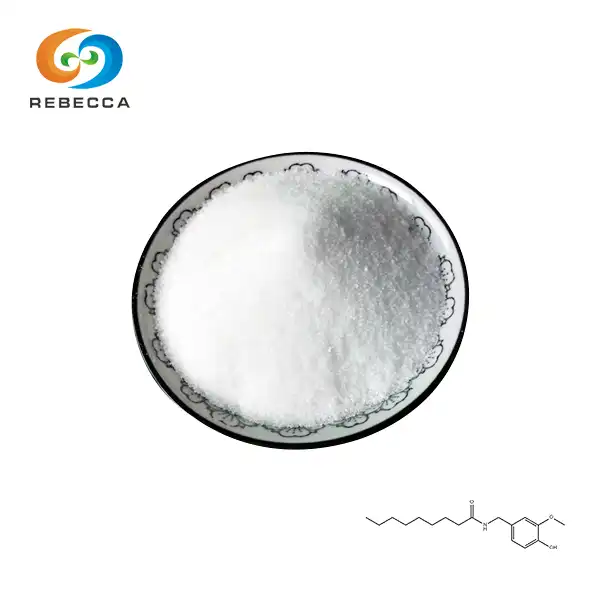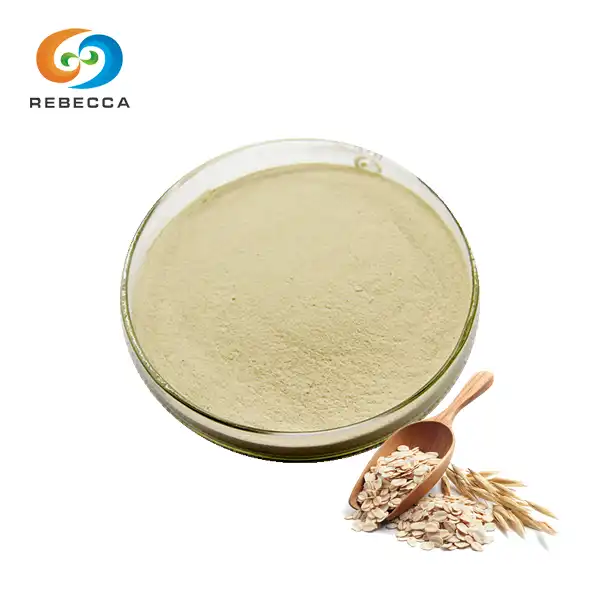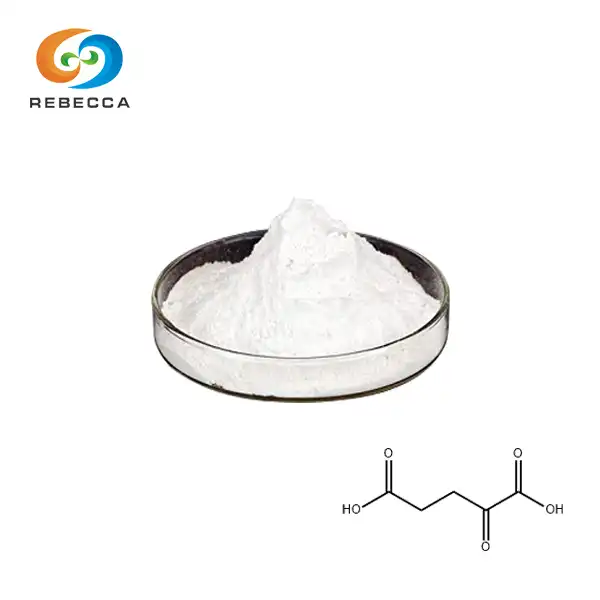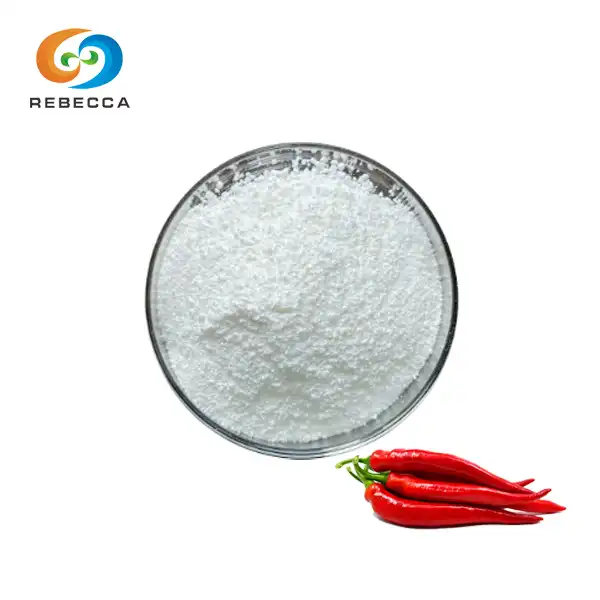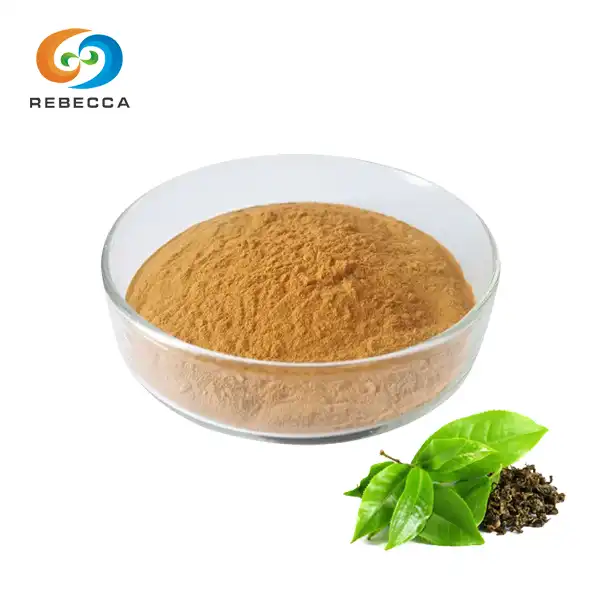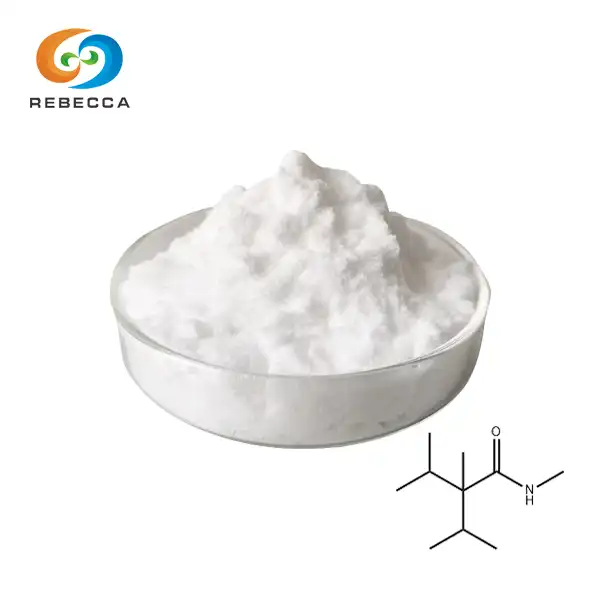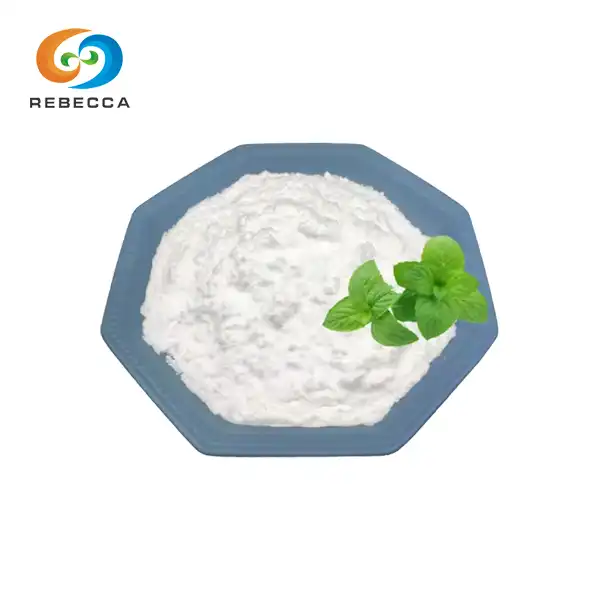Kaempferol Powder: A Comprehensive Guide
Kaempferol powder has been gaining significant attention in the health and wellness community due to its potent antioxidant properties and numerous potential health benefits. This comprehensive guide will delve into the world of kaempferol powder, exploring its origins, health benefits, and practical ways to incorporate it into your daily routine.
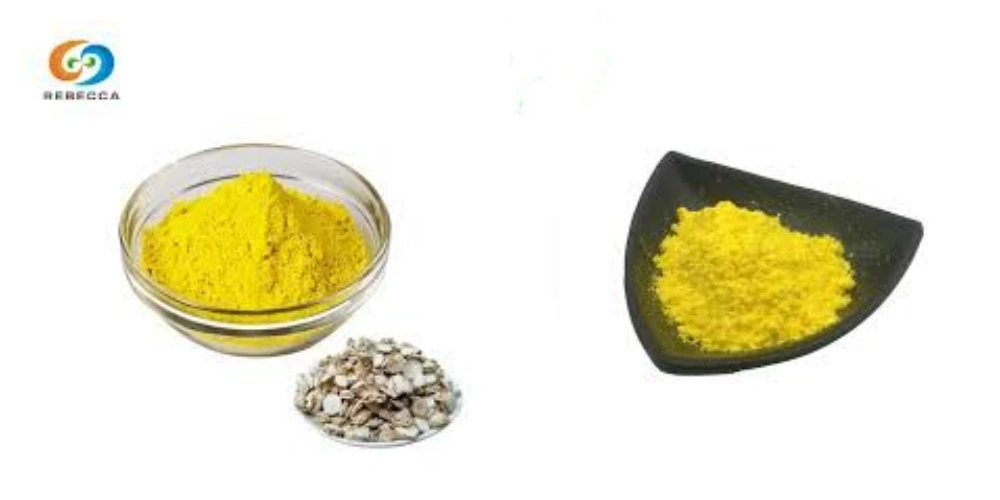
What is Kaempferol Powder?
Kaempferol powder is derived from kaempferol, a natural flavonoid found in a variety of plants and foods. This polyphenolic compound belongs to the flavonol subclass of flavonoids and is renowned for its powerful antioxidant properties. Kaempferol is abundant in many edible plants, including fruits, vegetables, and herbs, such as apples, strawberries, broccoli, kale, and green tea.
The extraction and concentration process of kaempferol from plant sources result in kaempferol powder, a versatile and potent form of this beneficial compound. This powder can be easily incorporated into various foods, beverages, and supplements, making it a convenient option for those seeking to harness the potential health benefits of kaempferol.
Kaempferol's molecular structure enables it to interact with various cellular components, potentially influencing multiple biological processes. Its ability to scavenge free radicals and modulate enzymatic activities contributes to its diverse range of potential health benefits.

Health Benefits of Kaempferol Powder
Research has uncovered numerous potential health benefits associated with kaempferol consumption. While more studies are needed to fully understand its effects, the current evidence suggests that kaempferol powder may offer the following advantages:
Antioxidant Properties
Kaempferol is a powerful antioxidant that effectively neutralizes harmful free radicals in the body. Its antioxidant properties help protect cells from oxidative stress, which may contribute to the development of chronic diseases. By reducing oxidative damage, Kaempferol could play a role in lowering the risk of various health conditions and may also help slow the aging process, supporting overall cellular health and promoting longevity.
Anti-inflammatory Effects
Research suggests that kaempferol has anti-inflammatory effects. By regulating inflammatory pathways, it may help reduce chronic inflammation, which is linked to several health issues, including cardiovascular disease and certain cancers. Its ability to modulate inflammation supports overall health, potentially lowering the risk of these conditions and promoting better well-being.
Cardiovascular Health
Kaempferol’s antioxidant and anti-inflammatory properties may support better cardiovascular health. Studies indicate that kaempferol can help lower blood pressure, reduce cholesterol levels, and enhance overall heart function. By protecting the heart and blood vessels from oxidative stress and inflammation, it may contribute to a healthier cardiovascular system, potentially lowering the risk of heart disease and promoting long-term heart health.
Neuroprotective Effects
Animal studies have shown that kaempferol possesses neuroprotective properties. Its antioxidant and anti-inflammatory effects may help shield brain cells from damage, potentially lowering the risk of neurodegenerative diseases like Alzheimer's and Parkinson's. By reducing oxidative stress and inflammation in the brain, kaempferol supports cognitive health and may play a role in preventing or slowing the progression of these conditions, promoting long-term brain function.
Bone Health
Some studies suggest that kaempferol may promote bone health by stimulating bone formation and inhibiting bone resorption. This could potentially help prevent osteoporosis and improve overall bone density.
Diabetes Management
Research suggests that kaempferol may possess anti-diabetic properties. It may help regulate blood sugar levels, enhance insulin sensitivity, and protect against complications associated with diabetes. By supporting better glucose control and reducing the risk of related health issues, kaempferol could play a role in managing diabetes and improving overall metabolic health.

How to Use Kaempferol Powder Daily?
Incorporating kaempferol powder into your daily routine can be both easy and enjoyable. Here are some practical ways to use kaempferol powder:
Smoothies and Juices
Add a small amount of kaempferol powder to your favorite smoothie or juice recipes. Its mild flavor blends well with fruits and vegetables, making it an easy addition to your morning routine.
Tea Infusions
Create a nourishing tea by mixing kaempferol powder with hot water. You can enhance the flavor by adding lemon, honey, or other herbal teas.
Baked Goods
Incorporate kaempferol powder into your baking recipes. It can be added to muffins, cookies, or energy bars for an antioxidant boost.
Yogurt or Oatmeal Topping
Sprinkle kaempferol powder on top of your yogurt or oatmeal for a nutritious breakfast or snack.
Salad Dressings
Mix kaempferol powder into your homemade salad dressings for an added health benefit.
Supplement Form
For those who prefer a more straightforward approach, kaempferol powder is available in supplement form, typically in capsules or tablets.
When using kaempferol powder, it's essential to follow recommended dosages and consult with a healthcare professional, especially if you have any pre-existing medical conditions or are taking medications.

Conclusion
Kaempferol powder offers a concentrated source of this beneficial flavonoid, providing a convenient way to potentially enhance your health and well-being. Its antioxidant, anti-inflammatory, and various other properties make it a promising supplement for those looking to support their overall health. As research continues to uncover the full potential of kaempferol, it's clear that this powerful compound has much to offer. By incorporating kaempferol powder into your daily routine, you may be taking a proactive step towards better health.
Remember, while kaempferol powder shows promise, it should not replace a balanced diet and healthy lifestyle. Always consult with a healthcare professional before starting any new supplement regimen. For more information about kaempferol powder and other natural herbal extracts, please contact us at information@sxrebecca.com.
References
1. Chen, A. Y., & Chen, Y. C. (2013). A review of the dietary flavonoid, kaempferol on human health and cancer chemoprevention. Food Chemistry, 138(4), 2099-2107.
2. Calderon-Montano, J. M., Burgos-Moron, E., Perez-Guerrero, C., & Lopez-Lazaro, M. (2011). A review on the dietary flavonoid kaempferol. Mini Reviews in Medicinal Chemistry, 11(4), 298-344.
3. Devi, K. P., Malar, D. S., Nabavi, S. F., Sureda, A., Xiao, J., Nabavi, S. M., & Daglia, M. (2015). Kaempferol and inflammation: From chemistry to medicine. Pharmacological Research, 99, 1-10.
4. Imran, M., Salehi, B., Sharifi-Rad, J., Aslam Gondal, T., Saeed, F., Imran, A., ... & Martins, N. (2019). Kaempferol: A key emphasis to its anticancer potential. Molecules, 24(12), 2277.
5. Rajendran, P., Rengarajan, T., Nandakumar, N., Palaniswami, R., Nishigaki, Y., & Nishigaki, I. (2014). Kaempferol, a potential cytostatic and cure for inflammatory disorders. European Journal of Medicinal Chemistry, 86, 103-112.
_1730691017423.webp)

